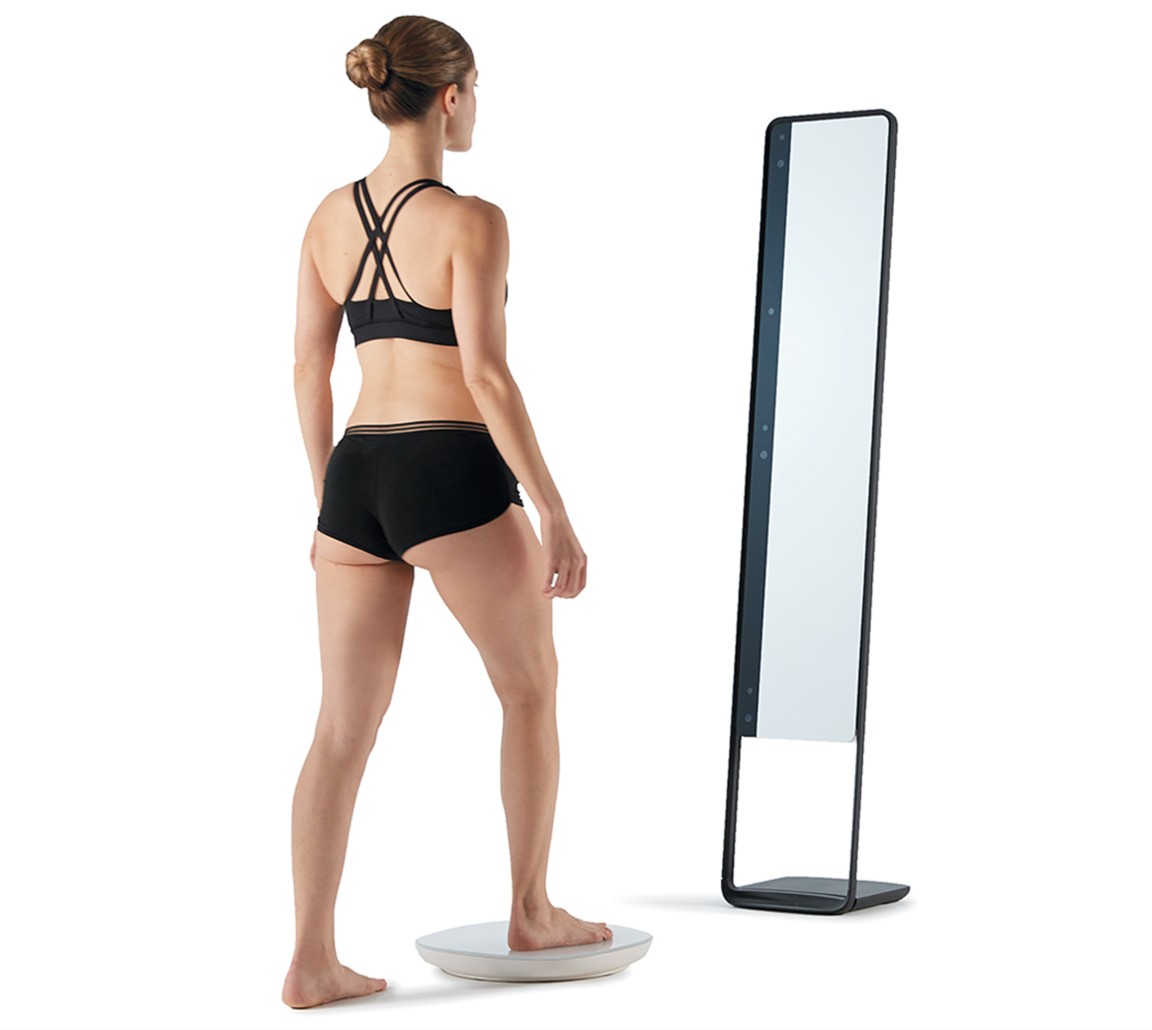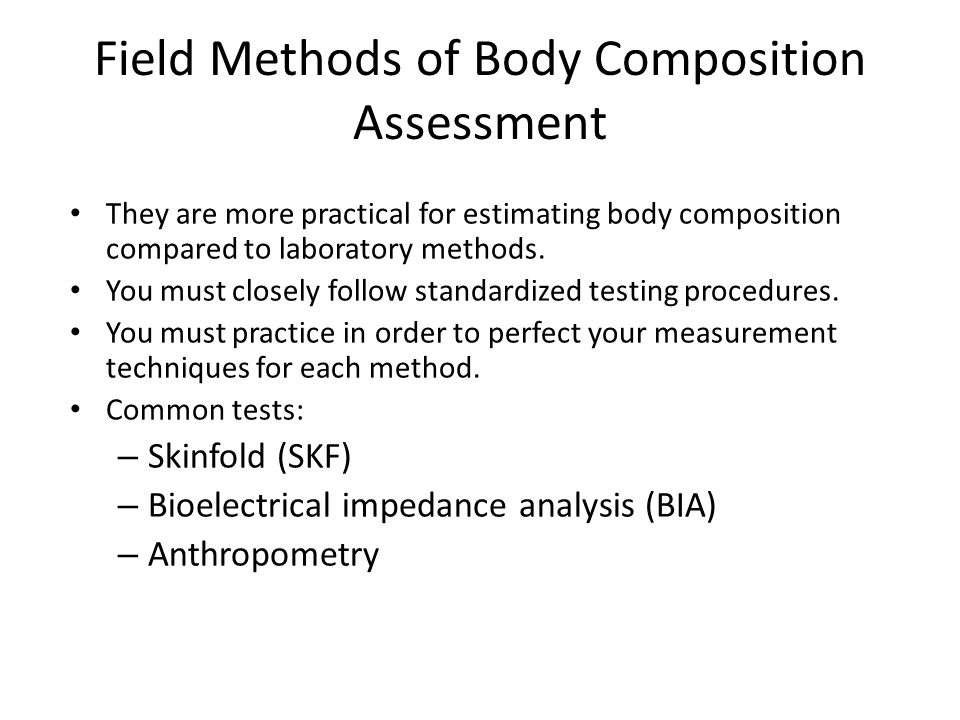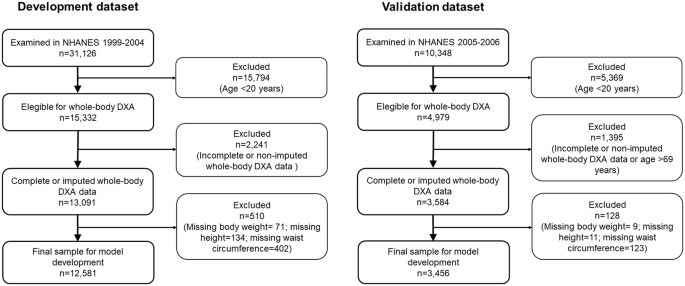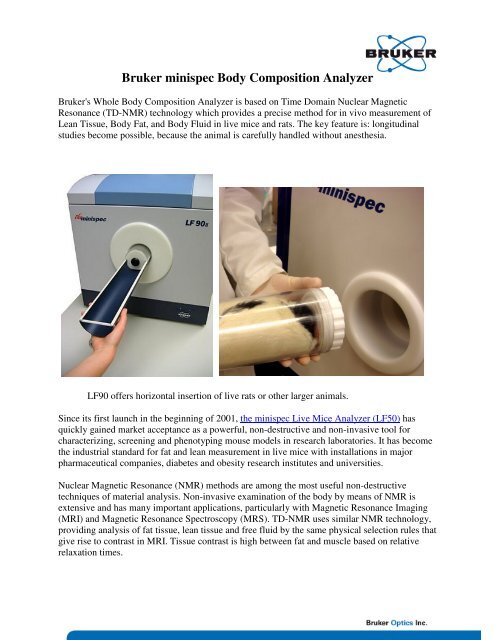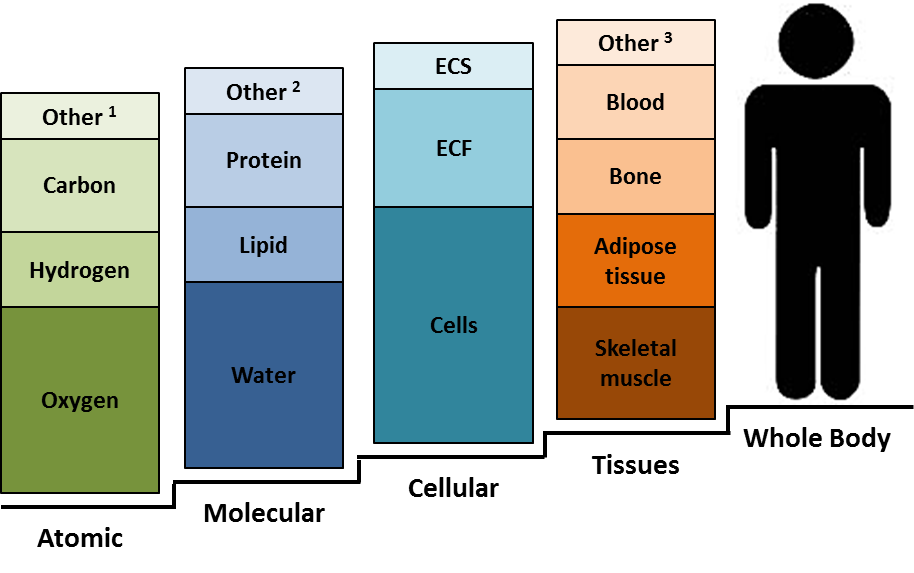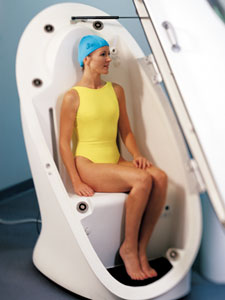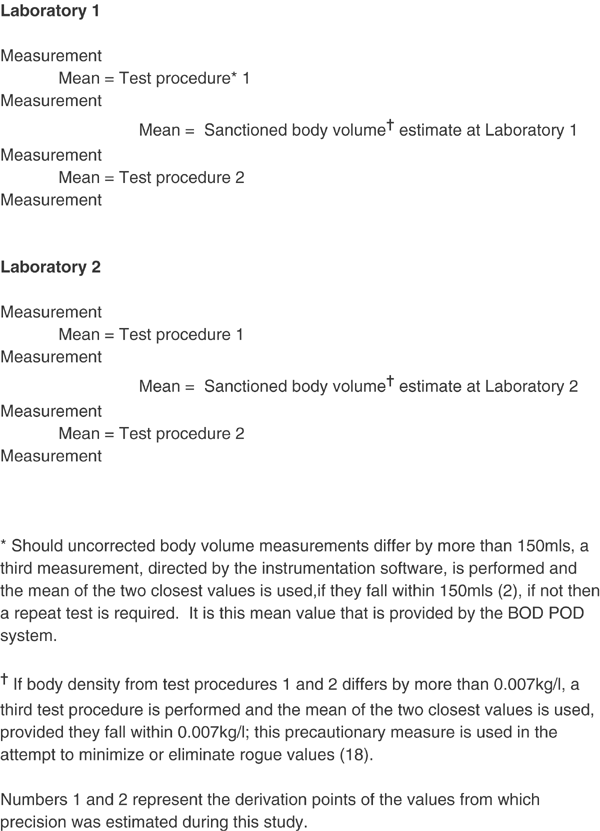
Laboratory Measurement Of Body Composition
There is a multitude of established methods and techniques for in vivo estimation of body composition ranging from simple field methods for example skinfold measurement to laboratory methods such as dual energy x ray absorptiometry dxa hydrostatic weighing and the more complex in vivo neutron acti vation analysis. The cnrc body composition laboratory is the only laboratory of its type in the nation that can provide a complete complement of body composition measurements in all populations ranging from low birth weight infants to adults. Ongoing efforts involve multisegmental and multifrequency bioelectrical impedance analysis quantitative magnetic resonance for total body water fat and lean tissue measurements imaging to further define ectopic fat depots. The simplest approach in body composition is the 2c model dividing body weight into fat mass fm and fat free mass ffm. A quick google search will reveal a number of different ways to measure body mass and composition. Body composition can be estimated by measuring total body water.
Impedimed sfb7 and the inbody 720. It is used in the assessment of nutritional and growth status and in disease states and their treatment. Energy stores skeletal muscle and protein content can be determined and changes monitored. These devices provide details of intra and extracellular fluid as well as fat mass fat free mass and percent body fat. Body composition measurement methods are continuously being perfected. Assessment techniques vary from simple field measurements to elaborate laboratory techniques that require expensive equipment and specially trained technicians.
The purpose of the body composition laboratory is to conduct research in the area of body composition and carry out measurements of body composition and energy expenditure to monitor growth nutritional status rehabilitation and energy requirements in a variety of clinical conditions. At any rate these 9 indicators are some of the most important factors to consider. The measurement of body composition occurs in many branches of biology and medicine. This measurement includes all of the elements of your body bones blood organs muscles and fat. Weight is an overall measure of your body mass. A multi frequency unit bis.
Common methods for body composition assessment include hydrostatic. These high precision measurements are associated with body water mineral protein and fat content. Our laboratory utilizes 2 devices for this measurement. Body composition refers to the relative percentages of body weight comprised of fat and fat free body tissue. The anhydrous fm is the chemically extractable fat with an assumed density of 09007 gcm3 whereas the ffm is assumed to have a density of 11000 gcm3and water content of 7372 per cent7. Laboratory measurements of body composition densitometry the application of densitometry to the measurement of human body composition is based on the principle that if thebodyisregardedasbeingmadeupoftwocomponents ofknowndensitiesthenthebodydensityisdeterminedby the relative proportions of the two components.
Random Post
- male body measurement
- jameela jamil body measurement
- body fluid measurement
- martha higareda body measurements
- gym body measurement
- visceral body fat measurement
- sewing body measurement
- thakur anoop body measurements
- body measurement kate wright
- body measurement eon
- handheld body fat measurement device
- body measurement from
- anne hathaway body measurement
- body weight measurement units
- normal man body measurements
- leonardo da vinci body measurement
- body measurements number order
- body rise measurement pants
- francesca capaldi body measurement
- body measurement dress size
- ab de villiers body measurements
- sana mir body measurements
- body composition and anthropometric measurement
- imy body measurement
- body measurement for sewing
- body measurement rbi
- body fat measurement impedance
- proper bra measurement at home
- gwen stefani body measurement
- mim body measurement
- hansika body measurement
- body measurement chart clothing
- what affects body fat measurement
- gaia weiss body measurement
- ashley olsen body measurements
- body frequency measurement
- body measurement sheet pdf
- body measurement app apple health
- jannat body measurements
- most accurate body fat measurement
- guy pearce body measurement
- alisha boe body measurements
- which celebrity has my body measurements
- bra fitting kitchener
- vishal kotian body measurement
- arnold body measurement
- jisoo blackpink body measurement
- body fat measurement locations
- ha ji won body measurement
- kim sharma body measurement
/underwater-hydrostatic-body-fat-weighing-453131436-5ad4f5c2642dca0036367079.jpg)













